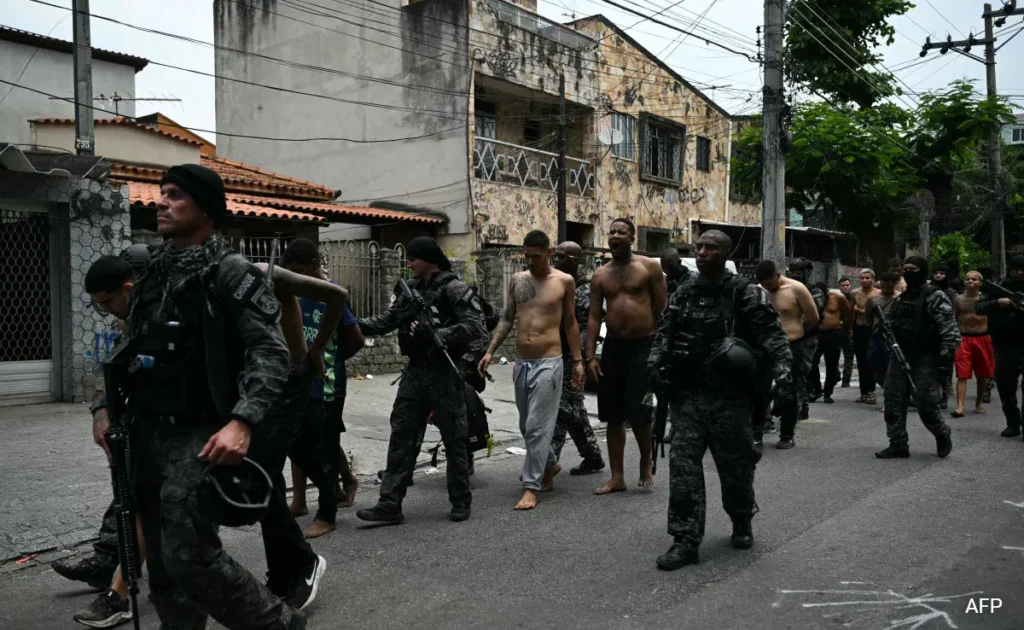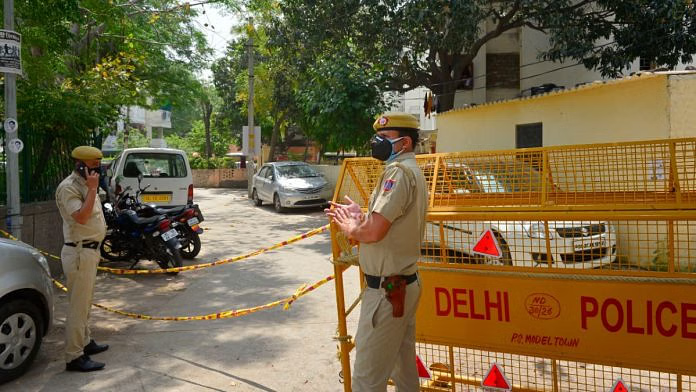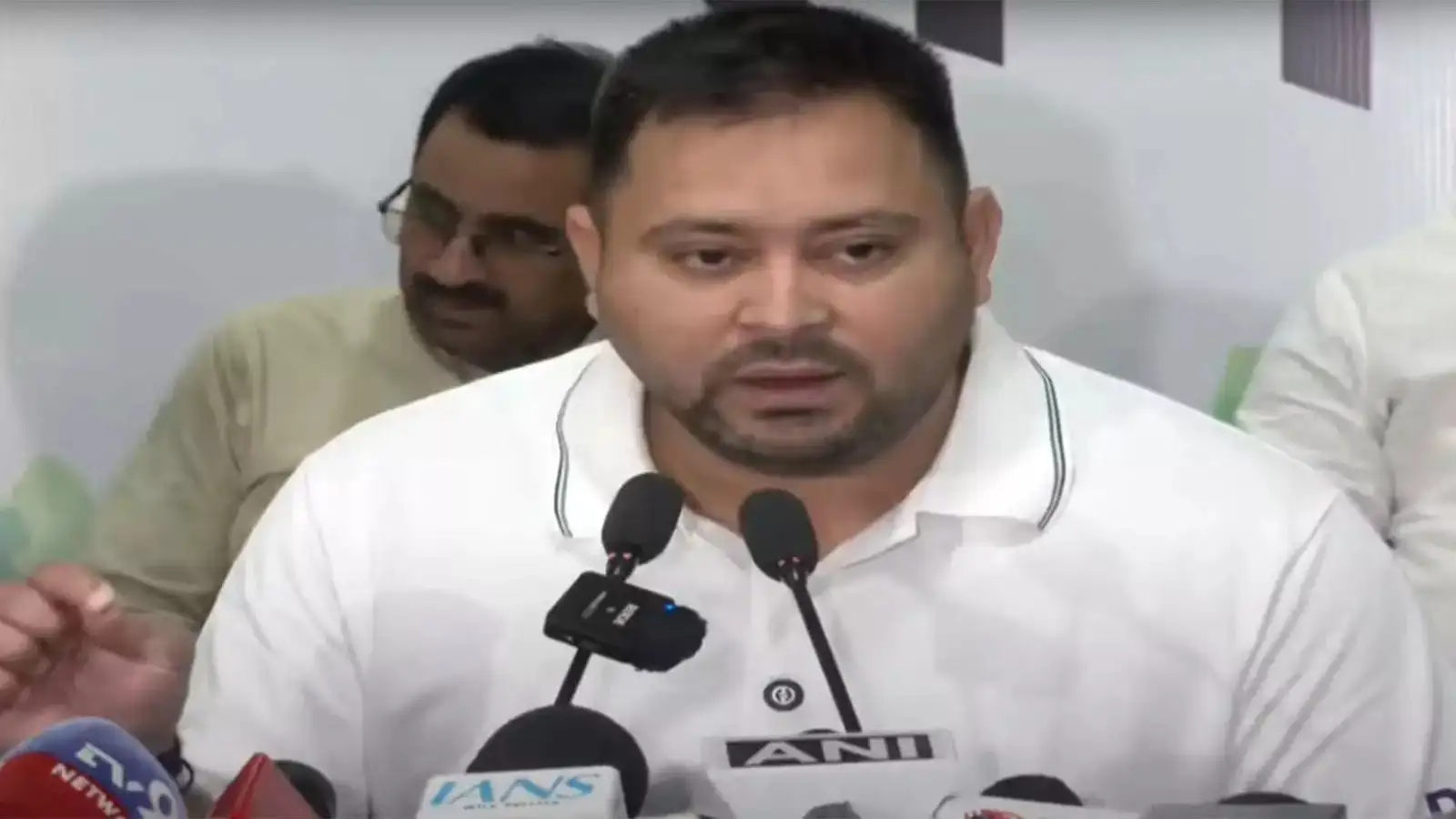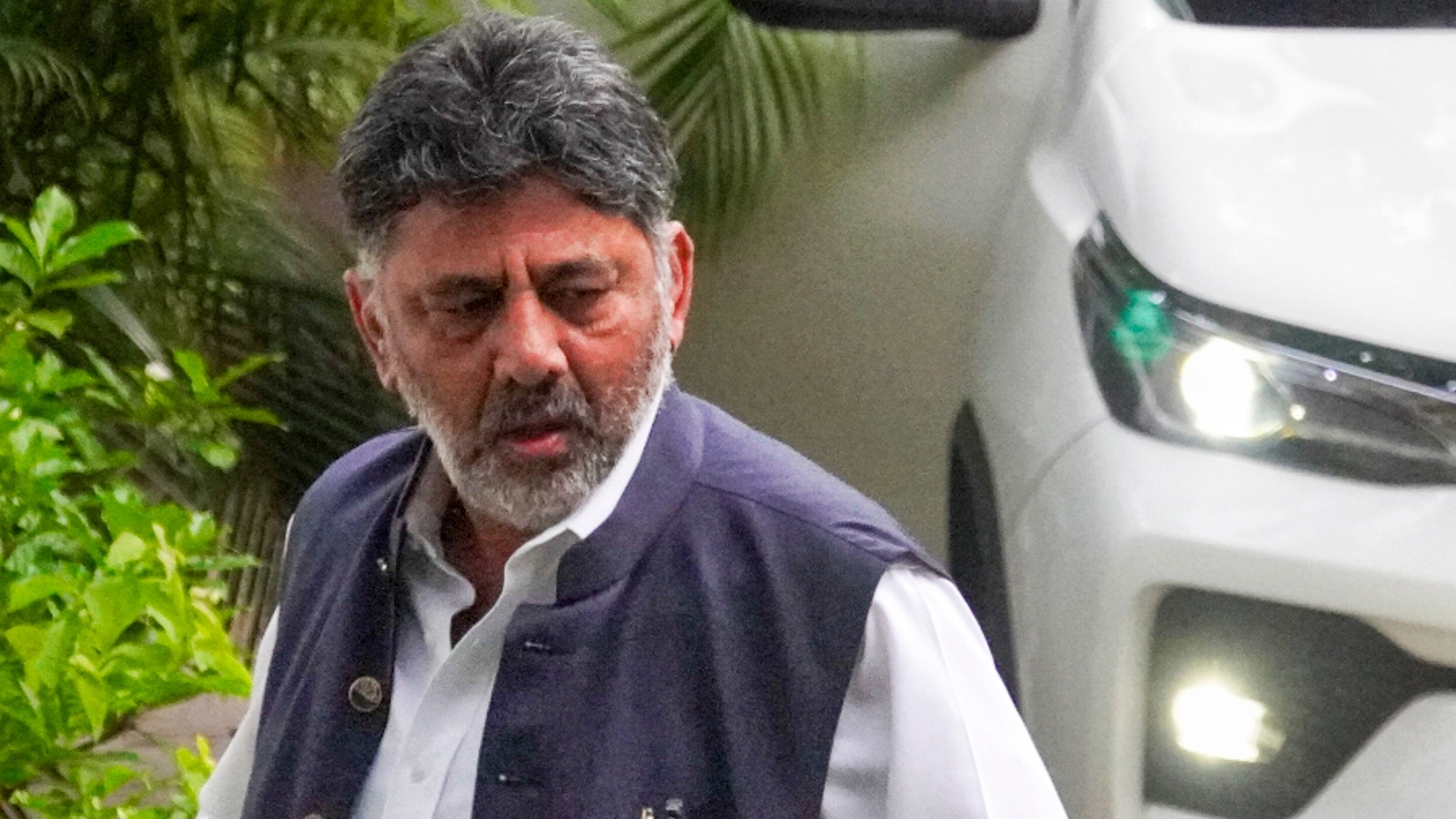Now Reading: When Crime Fiction Turns Real: How a Forensic Student’s “Perfect Murder” Unravelled
-
01
When Crime Fiction Turns Real: How a Forensic Student’s “Perfect Murder” Unravelled
When Crime Fiction Turns Real: How a Forensic Student’s “Perfect Murder” Unravelled

A 21-year-old forensic science student in Delhi allegedly plotted what she believed was the ideal crime: the murder of her live-in partner disguised as an accident. The plan involved strangulation, staging an LPG explosion and destroying evidence in a flat in Timarpur. But meticulous police work, CCTV footage and forensic details exposed the crime, turning fiction into reality with fatal consequences.
The elaborate plan
Investigators say the victim, a 32-year-old UPSC aspirant, was strangled in his own flat. The accused and her two accomplices then set fire to the apartment by pouring oil, ghee and wine over the body, placing a gas cylinder nearby and igniting it to look like a dangerous accident. They locked the flat from inside and fled, confident their staging would fool the investigators.
What tipped the investigation
The seemingly accidental fire did not add up. Forensics revealed burn patterns inconsistent with a cylinder blast, and CCTV showed masked individuals entering the building before the blaze. Mobile-phone location and call data placed the main accused at the scene during the crucial period. Eventually they were traced, arrested and confessed.
Why it matters beyond Delhi
For smaller cities where forensic science education is growing and crime-show culture is influencing youth, the case raises red flags. It shows how knowledge of crime scene tactics can be turned into wrongdoing. Also, for residents of Tier 2 towns, it underlines the importance of local law-enforcement capacity and community awareness—because staged crimes aren’t just metro-stories anymore.
The broader lesson on forensic awareness
The case emphasises that no matter how perfect a crime appears, real investigations depend on data, science and surveillance. A fire can be manufactured, a body can be hidden, but hard evidence and networks of digital traces often unmask the plot. Communities in smaller cities need to recognise that sophisticated crime is not confined to big metros.
Conclusion
This chilling episode proves that a crime inspired by fiction can indeed be executed, but it also shows that forensic systems and investigative vigilance remain stronger. For cities across India—especially in places where forensic education and policing are still developing—the message is clear: awareness, technology and oversight matter. Only when these align can the illusion of the “perfect murder” be exposed for what it really is.

























